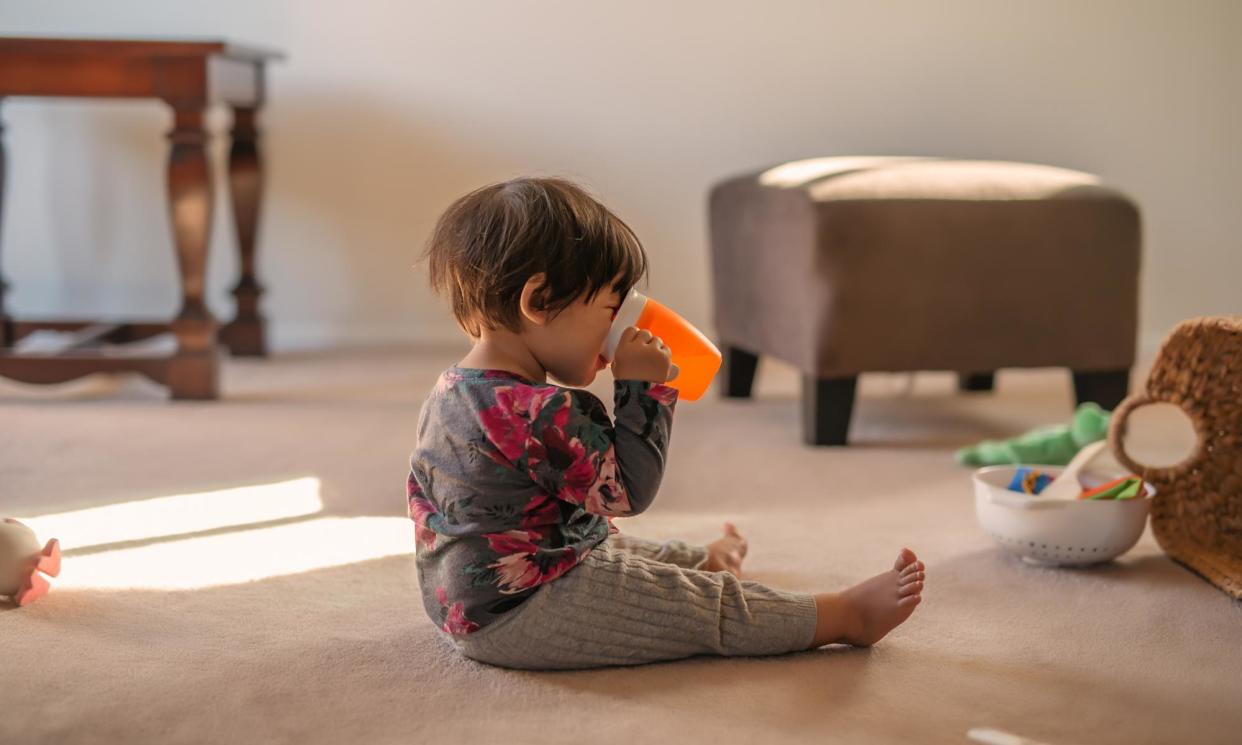AI could help identify toddlers who may be autistic, researchers say

Artificial intelligence may help experts identify toddlers who may be autistic, researchers have said after developing a screening system they say has an accuracy of about 80% for children under the age of two.
The researchers say their approach, which is based on a type of AI called machine learning, could bring benefits.
Dr Kristiina Tammimies, a co-author of the study from Karolinska Institutet in Sweden, said: “Using [the] AI model, it can be possible to use available information and earlier identify individuals with elevated likelihood for autism so that they can get earlier diagnosis and help.”
But, she added: “I want to stress that the algorithm cannot diagnose autism as this should [still] be done with gold standard clinical methods.”
It is not the first time researchers have attempted to harness AI to screen for autism. Among other studies scientists have previously used such technology together with retinal scans of children.
Writing in the journal Jama Network Open, Tammimies and colleagues report how they harnessed data from a US research initiative called the Spark study encompassing information from 15,330 children with a diagnosis of autism and 15,330 without.
The team describe how they focused on 28 measures that could be easily obtained before children are 24 months old, based on parent-reported information from medical and background questionnaires, such as age at first smile.
They then created machine learning models that looked for different patterns in combinations of these features among autistic and non-autistic children.
After using the data to build, tune and test four different models, the team picked the most promising one, and tested it on a further dataset of 11,936 participants for whom data on the same features was available. In total 10,476 of these participants had an autism diagnosis.
The results reveal that, overall, the model correctly identified 9,417 (78.9%) participants with or without autism spectrum disorder, with the accuracy 78.5% for children aged up to two years old, 84.2% for those aged two to four and 79.2% for those aged four to 10.
A further test using another set of data encompassing 2,854 autistic individuals revealed the model correctly identified 68% with such a diagnosis.
Tammimies said: “This data set was another research cohort with having families with only one child with autism and some of the parameters were missing, thus the performance was a bit lower showing that we need to do some more development.”
The researchers said the measures that appeared to be most significant in general when it came to the model’s predictions included problems with eating foods, age at first construction of longer sentences, age at achieving potty training, and age at first smile.
The team added that an additional analysis, comparing participants the model correctly identified as being autistic and those incorrectly identified as non-autistic, suggested the model tended to identify autism in individuals with more severe symptoms and more general developmental issues.
However some experts urged caution, noting the ability for the model to correctly identify non-autistic people was only 80%, meaning 20% would have been erroneously flagged as possibly autistic. They also noted that pushing for an early diagnosis could be problematic.
Prof Ginny Russell of the University of Exeter said that was because it was hard to tell which toddlers might have a very serious impairment and who would “catch up” despite a slow start.
“My recommendation is below [two years] is too early to start applying psychiatric labels based on a few signifiers like eating behaviour,” she said.


